Start of work on the Dethlinger pond
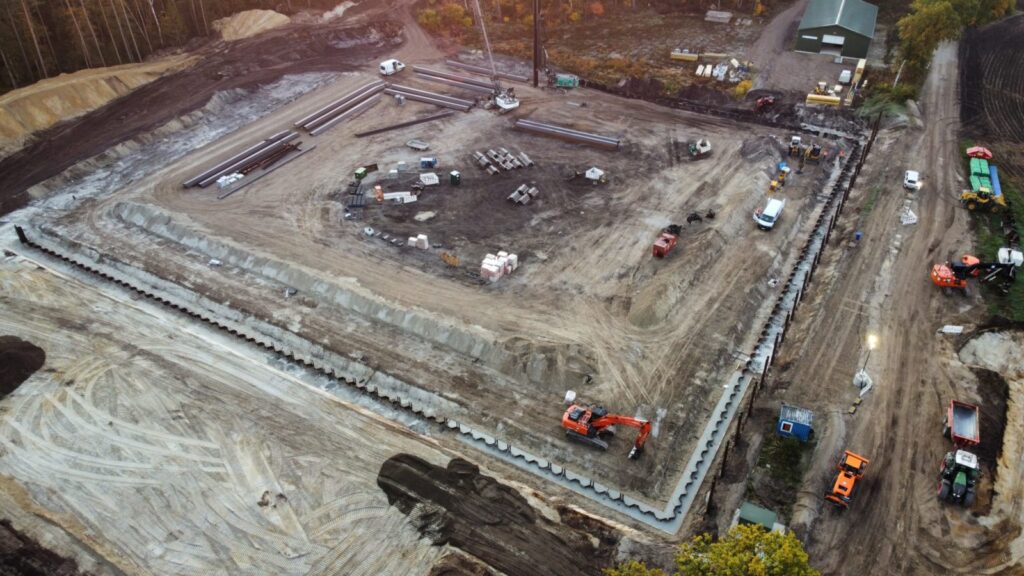

Ammunition was dumped in the Dethlingen pond during and after the Second World War. It is not known how much, but the test openings from 2019/2020 suggest that the quantities involved are considerable. For example, 2,500 shells have already been recovered from two of the three trial openings. The release of arsenic into the groundwater is another problem of this [...]
Identifying dangers - contemporary witnesses as historical sources
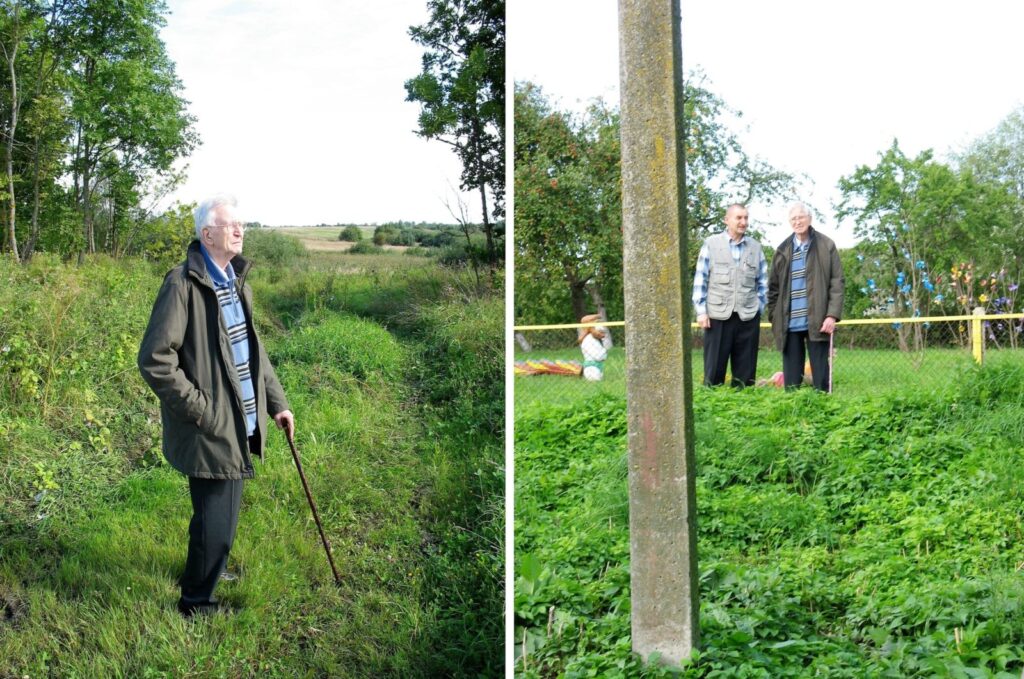

There are a variety of approaches and methods for investigating the history of a property, an area or a location as comprehensively and completely as possible, as is customary in the context of historical-genetic reconstruction (HgR). For example, if a former military property - such as a barracks site - is to be put to a new, civilian use in the medium term (so-called [...]
Subsequent shortening of a sealing wall head
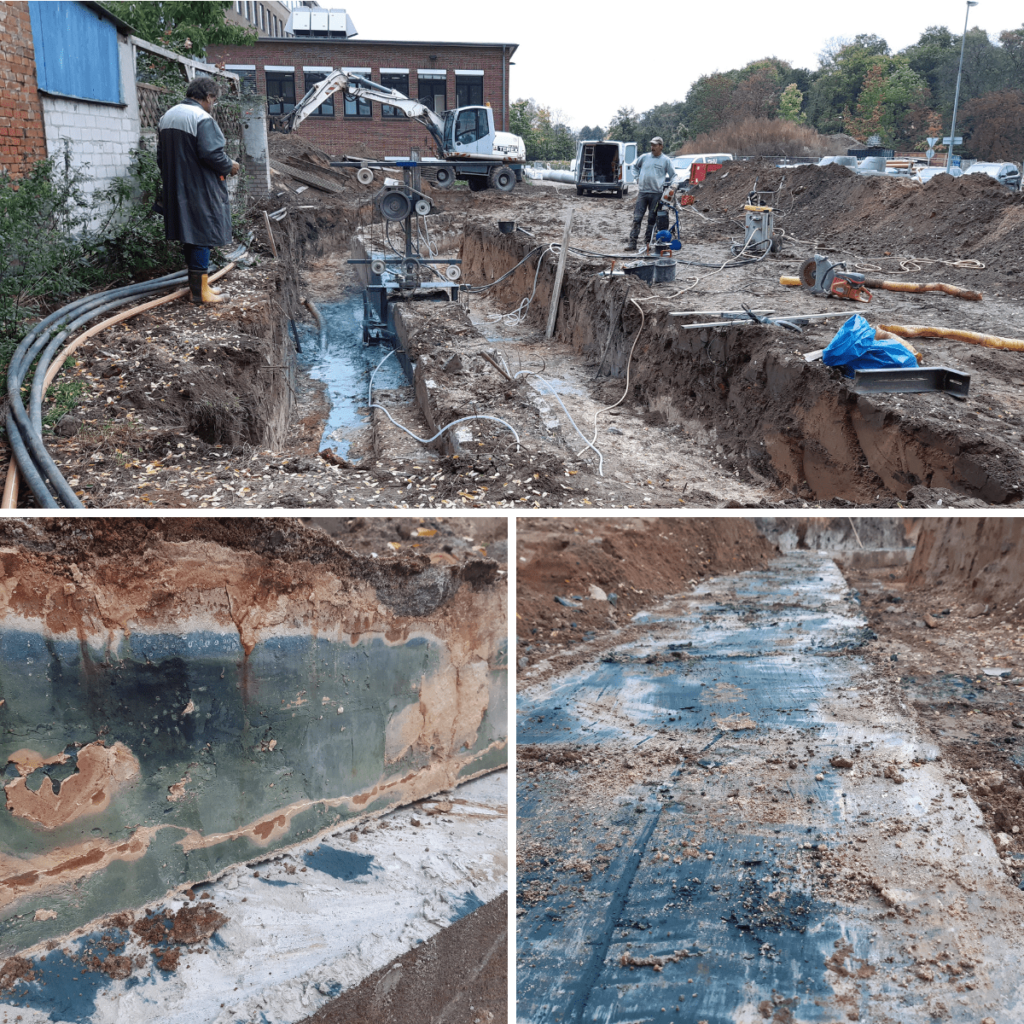

When remediating and securing contaminated sites, so-called sealing walls are used to encapsulate and shield the contaminated soil area in the groundwater-saturated zone as a vertical barrier with low hydraulic permeability. The inflowing groundwater can therefore no longer pass through the quasi-impermeable sealing wall and is channelled around the contaminated site. Contaminated water from the [...]
Water is becoming scarce - we protect it
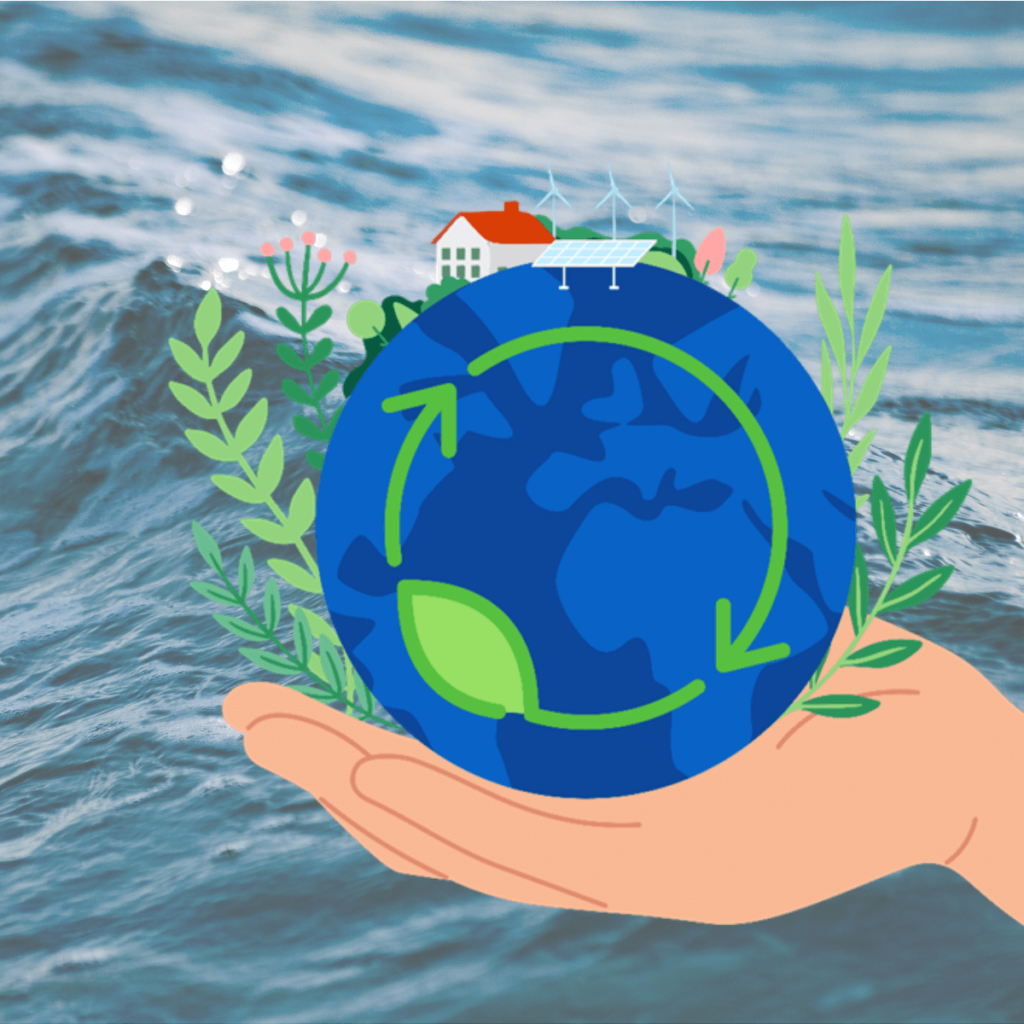

After a summer that was far too dry, the autumn rains were very welcome. However, water remains an increasingly scarce resource. We can also see this from the fact that water suppliers are preparing for drought. Water is becoming an important location and production factor for the economy, as high supply and disposal costs can arise in addition to the ecological aspects. We [...]
Thermohydrodynamic subsurface models as a planning basis for the construction of geothermal plants
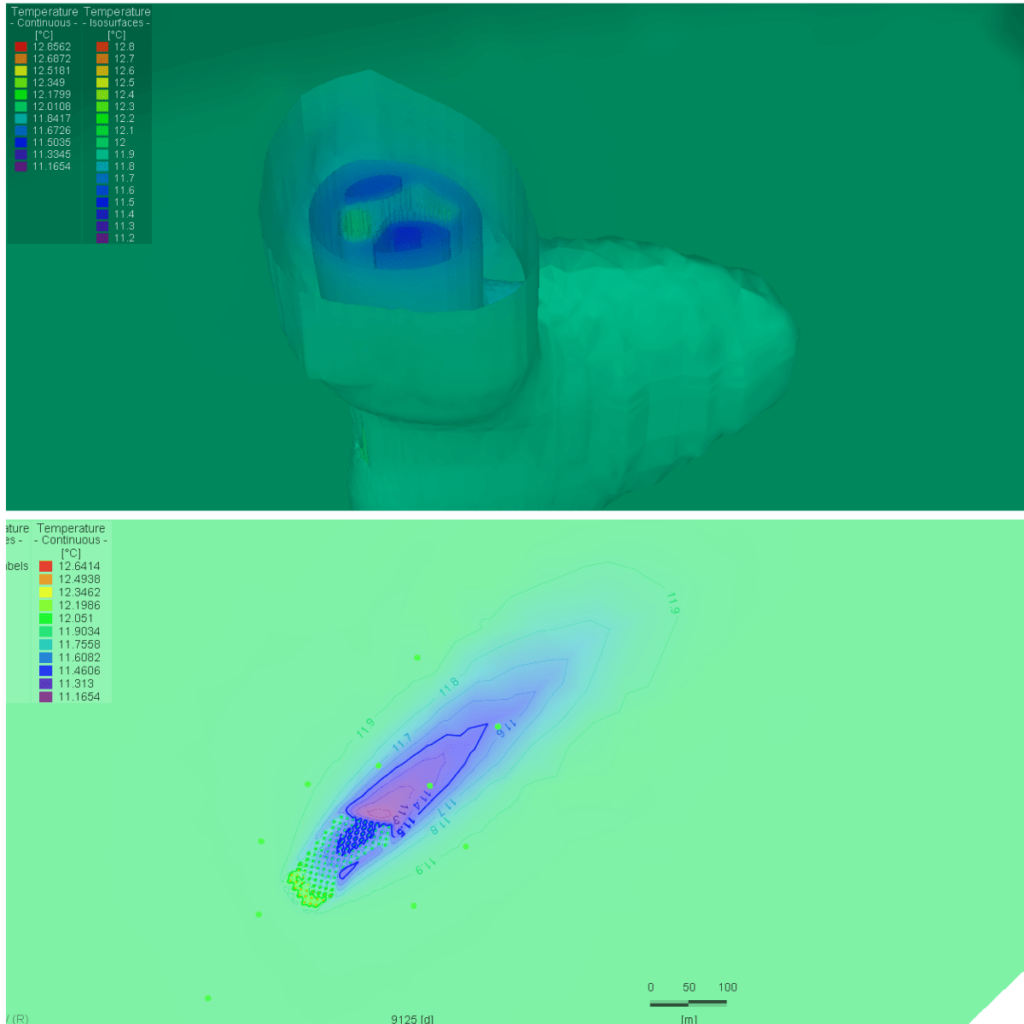

Geothermal energy as a renewable energy source increasingly offers the possibility of operating the energy supply/air conditioning of residential and non-residential buildings not only in an ecologically sustainable manner, but also economically. In the case of near-surface geothermal energy down to depths of around 100 to 200 metres, the geothermal energy of the subsurface, but also the possibility of using the subsurface as a heat storage [...].
PFAS - come to stay
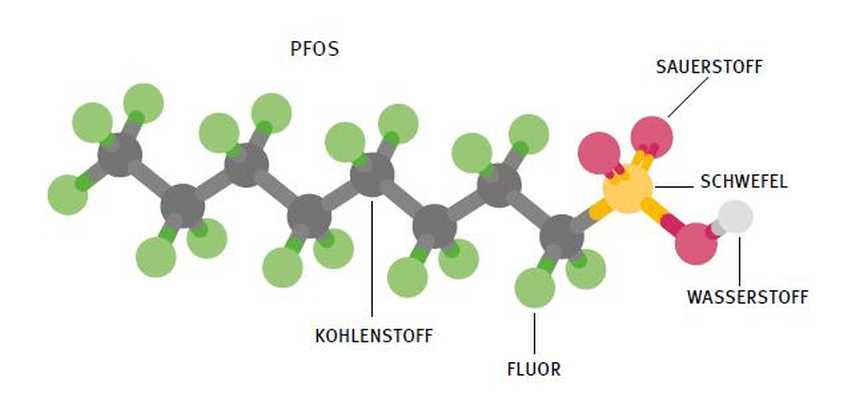

Due to their water, dirt and grease-repellent properties, representatives of perfluorinated and polyfluorinated alkyl substances (PFAS, also known as PFC - perfluorinated and polyfluorinated chemicals) can be found in a variety of everyday products such as outdoor jackets, Teflon pans or coffee-to-go cups, but also in fire extinguishing foams. The PFAS group now includes more than 4,700 different substances. In chemical terms, they are [...]
Degradation of LHKW pollutants in groundwater
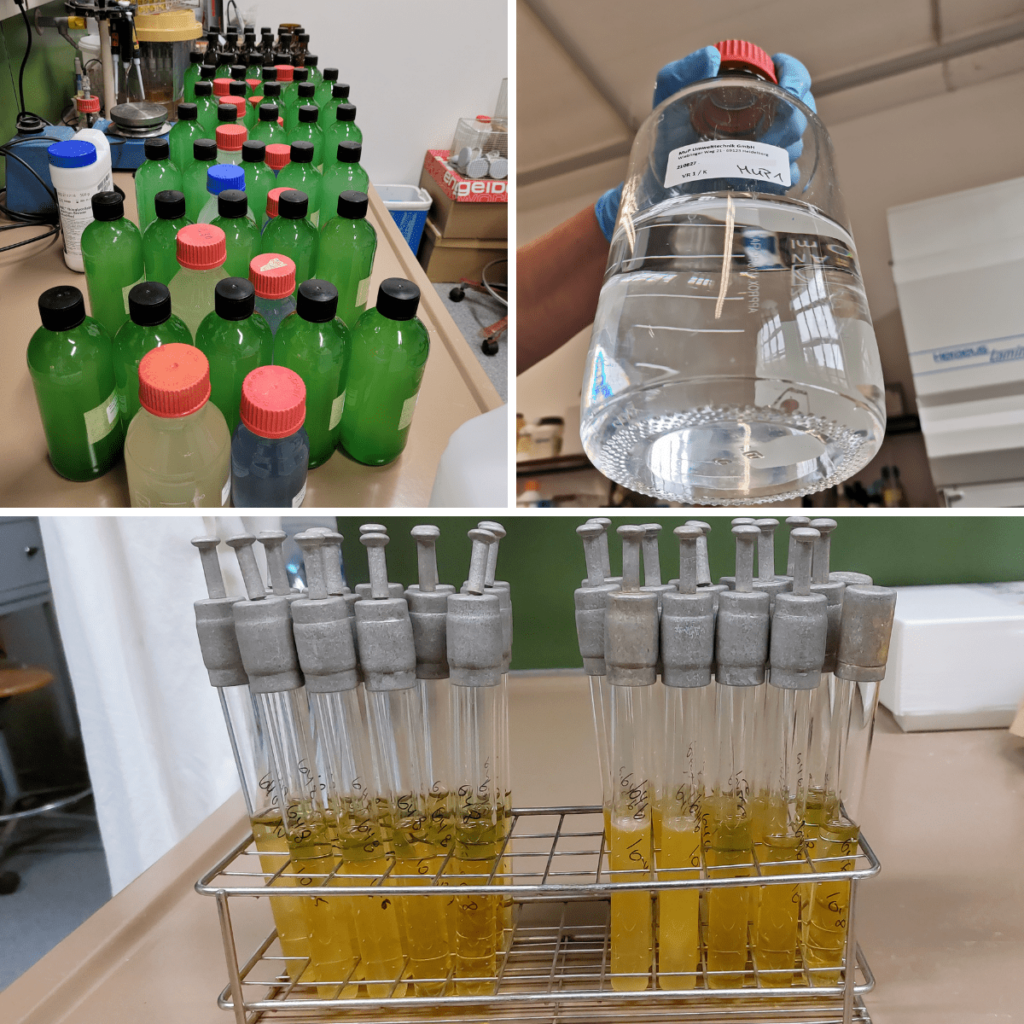

On the site of a former manufacturer of textile machines, the soil was contaminated with volatile halogenated hydrocarbons (VHH) during the course of use. These pollutants are mainly contained in solvents and were found on the site in the area of a chip centrifuge and a solvent storage facility. A groundwater decontamination plant is currently being operated on the site, which [...]
Proper waste assessment: Critical parameters in individual cases


In the Technical Rules of LAGA Communication 20, classification values have been defined for the incorporation of the respective mineral waste in order to standardise enforcement. Taking into account the respective installation conditions, compliance with the allocation values guarantees harmless utilisation. The allocation values are precautionary values from the point of view of soil and water protection. Deviations from the allocation values can [...]
Sustainable business and the importance of ESG


Three letters with great significance: ESG With the definition of ESG as holistic sustainability in the economy, the European Union has developed the framework for a standardised reporting structure taking into account the 17 sustainability goals. E stands for Environment, S for Social and G for Governance. By considering these three thematic blocks and analysing the ecological impact [...]
Only those who know history can learn from it
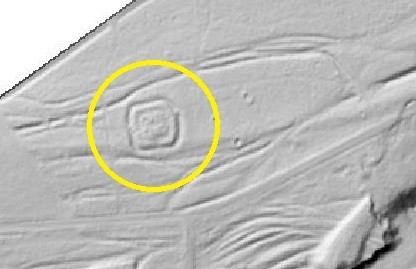

Deep content (1,500 to 5,000 characters (incl. spaces): As part of a historical-genetic reconstruction (HgR), it is customary to research the construction and utilisation history of a property for a specific period of time. It is not uncommon - for example when it comes to the assessment of suspected explosive ordnance - for the period to be reconstructed to extend from the beginning of the Second [...]

